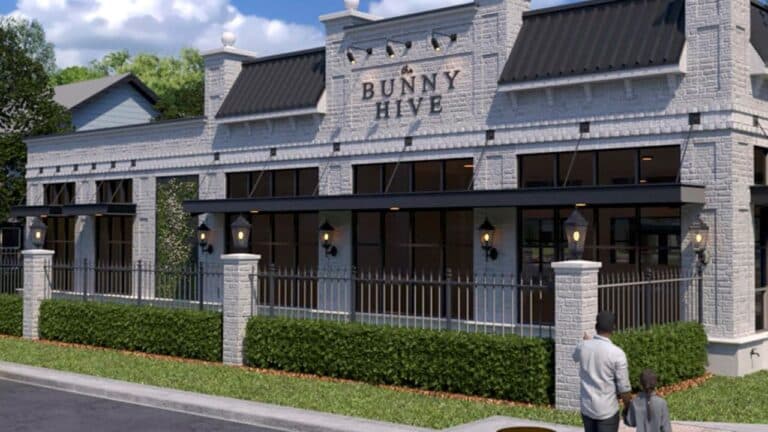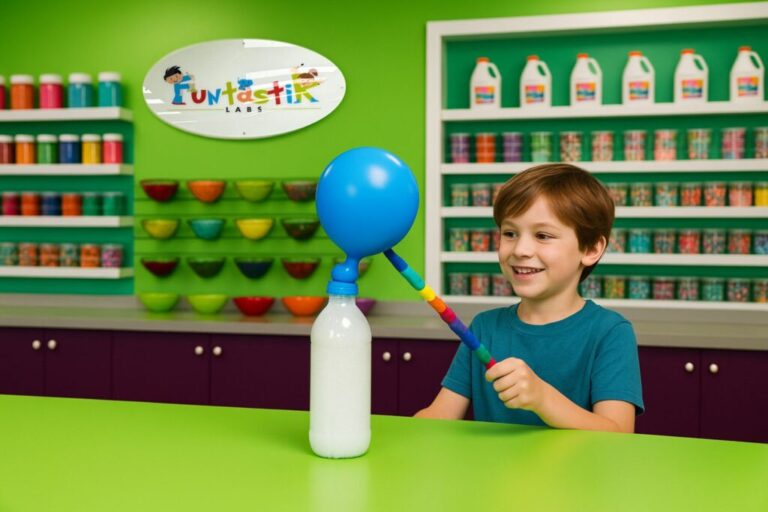How Profitable is an Auto Parts Retail Store (2024 Stats?)

The auto parts retail market is a major player in the U.S. automotive scene, boasting an impressive $81.1 billion in revenue in 2023. But what’s the real story behind this figure?
With nearly 44,000 stores nationwide, competition is stiff. As vehicles evolve, so does the demand for parts. But how do stores remain profitable amidst such intense competition?
In this article, we’ll uncover:
- Revenue Breakdown: Where is the money really coming from?
- Starting Costs: What’s the price tag for starting an auto parts business?
- Profitability: How much profits can you really expect to generate with this business?
Dive in as we break down the 2023 statistics and shed light on the ins and outs of the auto parts retail market.
Auto Parts Stores market overview
As per IBIS, the auto parts retail market in the U.S. represented revenue of $81.1 billion in 2023 and is expected to grow to $91.3 billion by 2028.
New critical parts represent the largest share ($35.6 billion), followed by maintenance parts ($27.7 billion), performance parts ($9.9 billion), used critical parts ($4.9 billion), and vehicle accessories ($3.1 billion). Yet, with almost 44,000 auto parts stores across the country, the competition is also fierce.

How much revenue does an auto parts store make?
Using the same source earlier, it’s safe to assume that the average turnover for an auto parts store is around $1,848,000. Indeed, the U.S. auto parts retail industry is worth $81.1 billion in 2023 and there are almost 44,000 auto parts stores across the U.S.
Now, using data from more than 930 franchised auto parts stores, an auto parts retail store earns $1,783,000 in gross revenue per year on average. This number is the average gross revenue per store from 930 stores of the largest 5 auto parts retail franchises in the U.S. and is very close to the number we found earlier.
With an average cost spent by a customer of $180, that’s a total of ~9,900 customers per year. Assuming 250 days per year, that’s on average 40 customers per day per store.
Yet, not all auto parts stores have the same yearly revenue. Logically, some will earn more than others because of many factors like location, competition, how well they manage operations and engage with customers., etc.
How much does it cost to start an auto parts retail store?
On average, it costs between $249,000 to $696,000 to open your auto parts retail store.
This includes various costs such as rent, leasehold improvements, licenses, training, furnishings, marketing, vehicles, computer systems, and initial inventory, working capital for the first 3-6 months (salaries, admin expenses, etc.).
- Rent (7%): The cost associated with securing the physical space for the business operations (first 1-3 months rental payment).
- Leasehold improvements (15%): Expenses related to modifications and enhancements made to the rented space to meet specific business needs.
- Business license, permits, and insurance (3%): Essential legal and regulatory expenses required for operating the business legally and protecting against potential risks.
- Training expense (1%): Costs incurred for employee training and development programs.
- Furniture, fixtures, signage, and equipment (29%): Expenditure on necessary physical assets to set up and furnish the business space.
- Marketing (4%): Allocation for promotional activities and strategies to attract customers and build brand awareness.
- Delivery vehicle (6%): Cost associated with acquiring and maintaining vehicles for product or service delivery.
- Computer hardware and software (4%): Expenditure on technology infrastructure, including computers and software, necessary for day-to-day operations.
- Initial inventory (16%): The funds allocated for stocking the initial batch of auto parts to be sold.
- Working capital (7%): Reserves set aside to cover day-to-day operational expenses and ensure smooth business continuity for the first 3-6 months.

How profitable is an auto parts retail store?
An auto parts retail store has a ~15% operating profit margin (EBITDA margin) after operating costs (salaries, admin expenses, etc.) have been incurred.
Indeed, there are various recurring costs involved in running an auto parts retail store. The major expenses include COGS followed by salaries:
- COGS (40-50% of sales): The direct expenses associated with the procurement of the auto parts that a business sells.
- Salaries (15-25% of sales): The cost of employee wages, compensation, and benefits.
- Rent (5-10% of sales): The amount dedicated to covering the cost of leasing business space.
- Marketing (1-3% of sales): The budget set aside for promotional activities and advertising.
- Other operating costs (5-10% of sales): Additional expenditures related to day-to-day business operations like facilities, insurance, permits, maintenance, etc.
| Profit and loss | Amount (US$) | % revenue |
|---|---|---|
| Gross Revenue | $1,783,000 | 100% |
| COGS | $(802,350) | 45% |
| Gross Profit | $980,650 | 55% |
| Labor expense | $(338,770) | 19% |
| Rent | $(106,980) | 6% |
| Marketing | $(53,490) | 3% |
| Other operating costs | $(196,130) | 11% |
| EBITDA | $285,280 | 16% |





